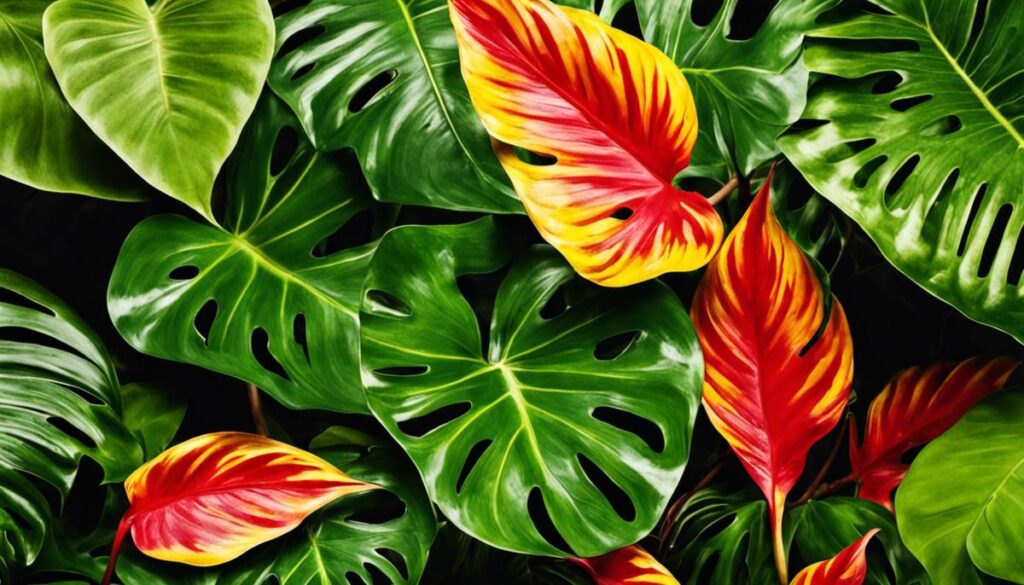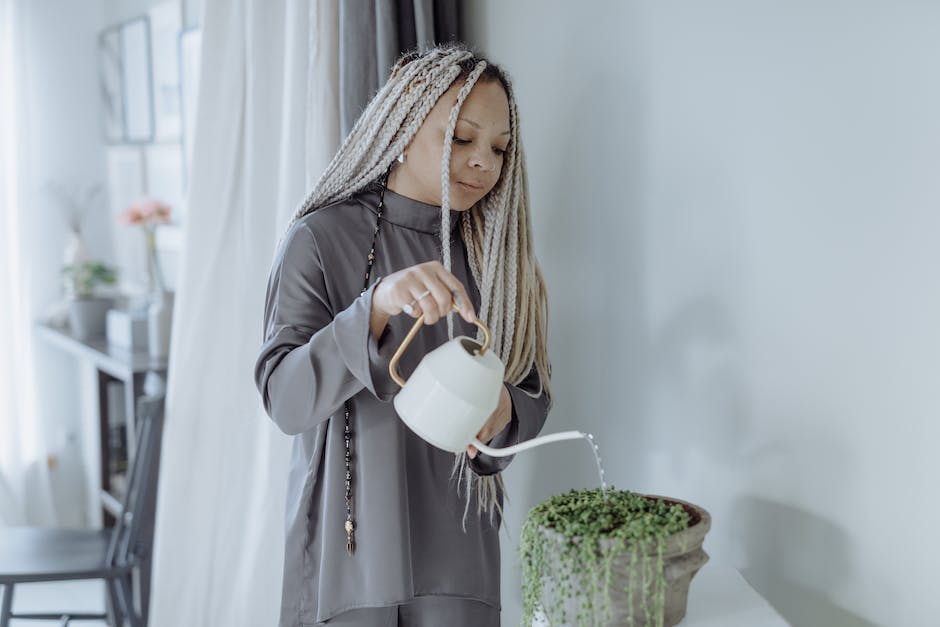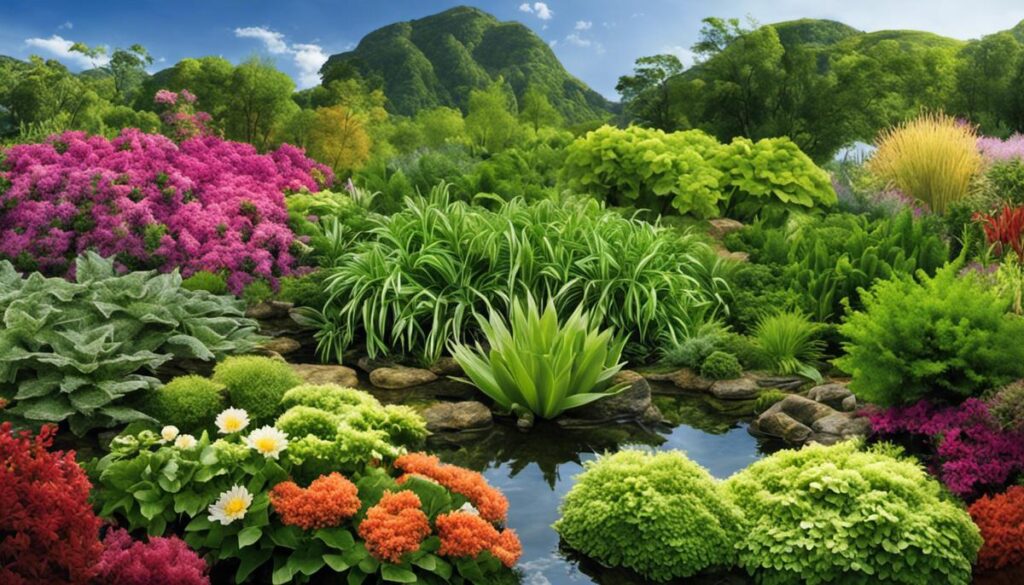Cultivating the green thumb begins with understanding the diverse needs of various indoor plants, primarily in terms of watering. Just like humans, not all plants require the same amount of water to flourish. Some plants thrive with a generous water supply, while others prefer sparse watering.
Recognizing the watering needs of each plant you have at home is essential to keep them healthy and thriving. This process entails learning to examine the soil moisture content, picking up on physical signals from your greens, and lastly, undertaking a fair bit of plant-specific research to comprehend their distinctive water requirements.
Understanding Different Types of Plants

Understanding Your Houseplant’s Needs
The first step in determining when to water your houseplants is to understand their individual needs. Different varieties have distinct watering requirements and failure to meet these could lead to under or over-watering, leading to sub-optimal growth or even death.
Researching Your Plant’s Watering Needs
Conduct thorough research on the specific watering needs of each type of houseplant you have. Pot plants or tropical foliage prefer high levels of moisture, while succulents and cacti thrive on infrequent watering. The frequency of watering can vary from multiple times a week to once every few weeks. Look for information in gardening books, plant care websites, or consult local garden centers.
Recognising Plant Indicators
Pay attention to the physical indicators your plant gives to signal its state of hydration. In many cases, changes in the plant’s appearance can signal a need for more or less water. Signs of overwatering include yellowing leaves, a wilting look despite frequent watering, and mold or fungus on the soil. Under-watered plants often have brown, crispy leaf edges, slow or stunted growth, and a dull green or yellowish color.
Checking the Soil Moisture Levels
One practical way to gauge whether your plant requires water is to check the soil’s moisture levels. A good rule of thumb for most plants is to allow the top 1″ – 2″ of soil to dry out between waterings. To do this, insert your finger or a stick into the soil. If it comes out dry and clean, your plant probably needs water. If soil sticks to it, wait for a few more days before checking again.
Investing in a Moisture Meter
A useful tool for getting a more accurate understanding of the soil’s moisture level is a soil moisture meter. This handheld device has a probe that you stick into the soil, and it’ll give you a reading that tells you how wet or dry the soil is.
Adjusting Watering Habits As Seasons Change
Lastly, remember that your houseplant’s watering requirements may change with the seasons. During the warmer months, your plants may need more frequent watering, while in colder months, watering should be done less frequently. Monitor your houseplants carefully and adjust watering schedules as needed.
Continually assessing and responding to your houseplant’s needs will ensure they thrive and bring beauty and positive energy into your home.
House Plant Essentials
Check the Soil Moisture Level

Understanding Soil Moisture Levels
Monitoring the soil moisture level is a crucial part of plant care. This technique will guide you on when to water your house plants. The moisture content is determined by how much water is present in the soil. This simple examination involves interacting with the soil at a 1 to 2-inch level. By digging your finger or a moisture meter into the soil, you will get a sense of how wet or dry the soil is.
Checking the Soil Moisture Level
Start by choosing a spot close to your plant but not too close to the edge of the pot. Insert your finger or a moisture meter about 1 to 2 inches into the soil. If the soil feels dry at this level, then your house plant likely needs water. On the other hand, if the soil feels moist or you notice water gathering at the tip of your finger or the moisture meter, then your plant has enough water for the time being.
Special Considerations for Different Types of Plants
Keep in mind that different types of plants have varying water needs. Some plants prefer their soil to dry out completely between watering, while others may need to remain a bit moist. Therefore, the general rule of checking the soil at a 1 to 2-inch depth may vary. Always make sure to research the specific watering needs for your type of plant to ensure accurate care.
Using Soil Moisture Color as a Guide
Another technique to determine soil moisture level is by observing its color. Generally, dry soil has a light color while wet soil is dark. However, this may not always be a precise measurement as the color can change due to the nutritional content, type of soil, and lighting conditions. Therefore, it’s best to use this method alongside the finger or moisture meter check.
Using a Moisture Meter
A moisture meter is a simple device that you can stick into the soil to get an indication of the moisture level. The meter will provide a reading that you can compare to a chart that indicates whether the soil is dry, moist, or wet. It’s a useful tool to have, especially for larger house plants where sticking your finger deep into the pot may not be feasible.
Remember, successfully maintaining house plants involves a continued effort to understand their unique needs, and regularly checking the soil moisture plays a leading role in this mission.
Observe Your Plant’s Appearance

Observing Your Plant’s Appearance
Knowing how to tell when your house plants need watering starts with learning to read the signs your plants are showing. There are various signals that your plant may be in need of water, ranging from slow growth to an overall ‘thirsty’ look.
Identifying Thirsty Plants
One common sign that your plant needs more water is lackluster growth. If your plant is growing slower than you expect, or not at all, this could be a sign of insufficient watering.
Recognizing Droopy Leaves
Another common sign of a thirsty plant is the presence of drooping leaves. If your plant’s leaves used to stand upright but have recently begun to drop, this might be an indication that your plant needs more water.
Checking For Discoloration
If your plant’s leaves are turning yellow or brown, this could be a sign that the plant is not receiving enough water. However, discoloration can also indicate other issues like over-watering, so be careful not to jump to conclusions without assessing other possible causes.
Creating a Schedule
In addition to observing the plant’s health, it can be advantageous to establish a regular watering schedule. However, it’s important to be flexible with this schedule based on the needs of your plant. If the environmental conditions change, like the humidity or temperature, your plant may require changing the watering routine.
In conclusion, learning to identify the signs your plant is thirsty and adjusting your watering schedule accordingly will help you keep your plants healthy and hydrated.
Pro Tip
Please note, these signs are applicable to many, but not all house plants. Depending on the species, some plants may react differently or have unique requirements. Always take into account the specific needs of your plants when creating a watering schedule.

By developing a nuanced understanding of the diverse watering preferences of multiple plant species, you not only ensure the health and longevity of your indoor garden but also cultivate an intuitive sense of each plant’s needs. Observing simple cues like changes in leaf color and growth rate can likely tell you more than you think. Further, honing the skill of checking soil moisture provides an immediate and accurate indication of when to water your plants. Therefore, when attentive observation blends with informed knowledge, you become adept at providing optimal care for your houseplants, ensuring they continue to add beauty and freshness to your home environment.

